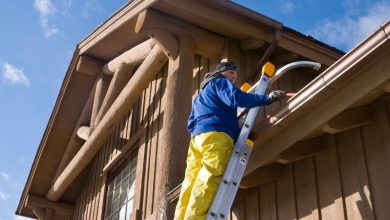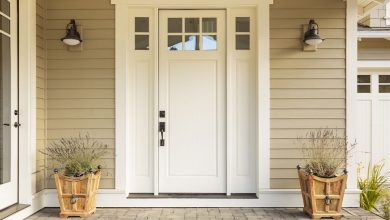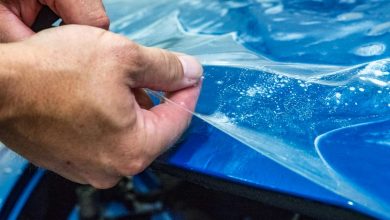
The Ultimate Guide to Flood Restoration: Step-by-Step Recovery Tips
Introduction
Floods can strike unexpectedly, wreaking havoc on our homes and lives. The aftermath of a flood can be overwhelming, with extensive damage to property and emotional distress. However, with the right knowledge and approach, flood restoration can be a manageable process. In this comprehensive guide, we will walk you through the step-by-step recovery tips to help you restore your home and life after a flood.
1. Ensure Safety First
Before you Hire any Flood Restoration In Grayslake efforts, prioritize safety for yourself and your family. Floodwaters can carry harmful contaminants, sharp objects, or electrical hazards. Here are some safety measures to follow:
- Turn off electricity and gas supply: Water and electricity are a deadly combination. Turn off the main power switch and gas supply to prevent accidents.
- Use protective gear: Wear rubber gloves, boots, and a face mask to avoid contact with contaminated water and debris.
- Beware of structural damage: Assess your home’s structural integrity before entering. Look for signs of cracks, sagging, or leaning walls.
- Seek professional help: If the damage seems extensive or unsafe, consult a professional flood restoration service.
2. Document the Damage
To ensure a smooth insurance claim process and keep track of the restoration progress, document the flood damage thoroughly. Take photographs and videos of affected areas, damaged belongings, and any valuables. This documentation will help you in claiming insurance and getting a fair settlement.
3. Remove Standing Water
Once you have ensured safety and documented the damage, the next crucial step is to remove standing water from your home. You can use a sump pump, wet vacuum, or buckets to extract the water. Be sure to remove water as quickly as possible to prevent further damage and mold growth.
4. Dry Out Your Home
After removing the standing water, the next step is to dry out your home completely. Open windows and doors to improve ventilation and use fans and dehumidifiers to speed up the drying process. Proper drying prevents mold and mildew growth, which can lead to health issues and additional damage.
5. Salvage and Clean Belongings
Assess your belongings and salvage items that can be restored. Items like furniture, documents, and clothing may be salvageable with proper cleaning and drying. However, items soaked in contaminated water or severely damaged may need to be discarded. Clean and disinfect salvageable items thoroughly to prevent mold and bacterial growth.
6. Address Mold and Mildew
Mold and mildew can develop quickly in a moist environment after a flood. Inspect your home for signs of mold growth and address it promptly. Use mold removal products or hire a professional mold remediation service to ensure complete removal.
7. Repair and Restore
Once your home is dry and free of mold, it’s time to focus on repairs and restoration. Prioritize structural repairs, such as fixing damaged walls, floors, and roofs. Replace damaged electrical systems and ensure proper functioning. Hiring professional contractors for these tasks ensures quality work and safety compliance.
8. Prevent Future Flooding
After going through the arduous process of flood restoration, take proactive measures to prevent future flooding. Install sump pumps, seal foundation cracks, elevate electrical systems, and consider landscaping options that help direct water away from your home.
Conclusion
Experiencing a flood can be distressing, but with the right approach, you can restore your home and life step-by-step. Remember to prioritize safety, document the damage, remove water, dry out your home, salvage belongings, address mold, and undertake necessary repairs. Taking preventive measures will safeguard your home from future flooding. By following this ultimate guide, you can embark on a successful Bills Cleaning & Flood Restoration back to your life.
Swiftly remove standing water from your home and focus on drying out the affected areas to prevent further damage and mold growth. Salvaging and cleaning your belongings is crucial, as many items can be restored with proper care.




